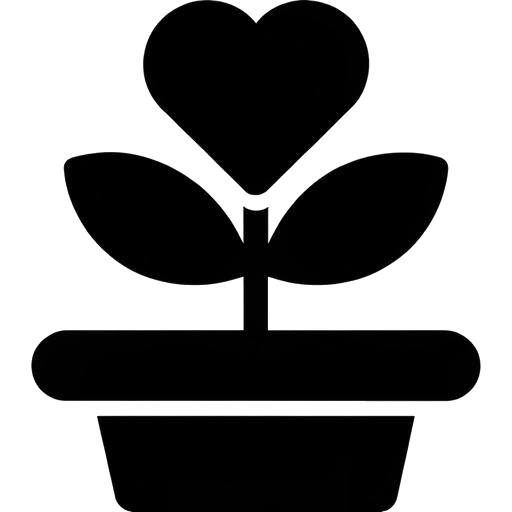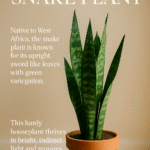🧬 Origins and History
Lavender (Lavandula) is a flowering plant native to the Mediterranean region, prized for centuries for its calming fragrance, beauty, and medicinal properties.In Ancient Rome and Greece, lavender was used to scent bathwater and as a natural antiseptic.
Today, it’s one of the most popular garden herbs and is widely cultivated across Europe, North America, and Australia.
👀 Appearance and Varieties
Lavender typically grows as a compact shrub with narrow, silvery-green leaves and tall flowering spikes.
Common varieties include:
English Lavender (Lavandula angustifolia) – highly aromatic
French Lavender (Lavandula dentata) – frilly flowers and ornamental foliage
Spanish Lavender (Lavandula stoechas) – distinctive “rabbit ear” flower tops
🌞 Growing Conditions
Lavender thrives in full sun and well-drained soil.
Ideal conditions include:
At least 6–8 hours of sunlight per day
Sandy or rocky soil with neutral to slightly alkaline pH
Minimal watering once established
Avoid humid or overly wet environments, which may cause root rot.
💧 Watering and Pruning
Water young plants regularly until roots are established.
Once mature, lavender prefers dry conditions. Overwatering reduces aroma and increases disease risk.
Prune yearly to prevent woodiness and encourage new growth.
🧼 Uses and Benefits
Calms anxiety and improves sleep (Lavender oil in aromatherapy)
Repels mosquitoes and moths in gardens and closets
Used in herbal teas, soaps, and lotions
🎯 Conclusion
(🎯 Sonuç)
Lavender is not only a low-maintenance and aesthetically pleasing garden addition but also a functional herb with health, beauty, and pest-repelling properties.
Perfect for beginner gardeners and a must-have for any herbal or Mediterranean-style garden.





